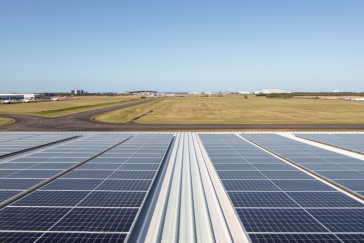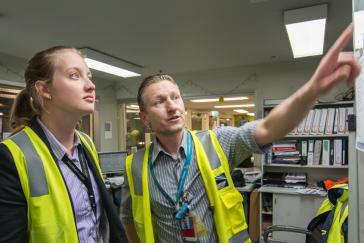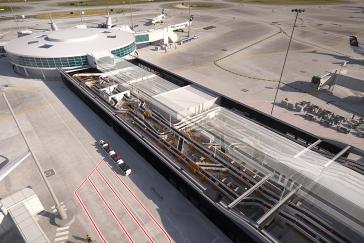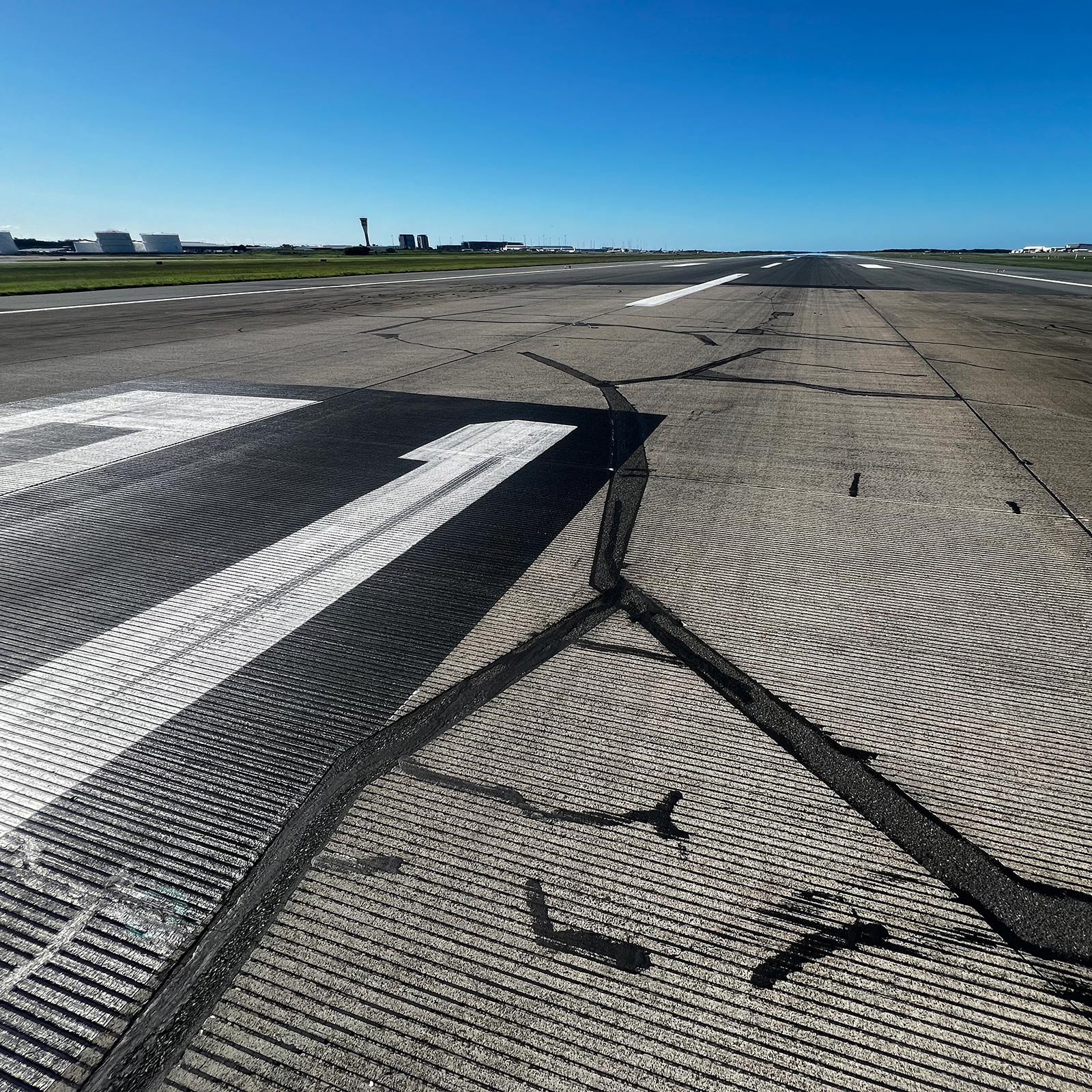
As a major hub for air travel, Brisbane Airport serves as a vital link, connecting travellers to a forever growing list of destinations and airlines. With an annual influx of approximately 23.8 million passengers, our airport holds the rank of Australia's third-largest airport by passenger volume.
Operating around the clock, Brisbane Airport Corporation’s (BAC) dedicated project and facilities teams work tirelessly to maintain the runway and plan for future growth. From asphalt to mass soil mixing, there’s a lot to know about airside maintenance and the current major works as part of the Future BNE transformation.
Read on for a behind the scenes look at projects that ensure the runway is set for smooth landings and take offs.
Runway system maintenance program
After four decades of service, the legacy runway needs major work to continue operating safely. Aaron Pond, BAC’s Aviation Safety Manager explains exactly what the project will involve.
“The legacy runway major works will be commencing in June 2024 and involves replacing 18 concrete slabs. The pavement is over forty years old, it’s aged and reached the end of life, we’ve provided as much maintenance as we possibly can. To continue to use the runway safely we need to replace these slabs.
The work itself isn’t complicated, but the location is complicated, and will mean we need to reduce the length of the runway temporarily from 3.5kms by just under 1km. Most aircraft can come and go as normal, but international aircraft on wide-body jets will have to use the new parallel runway,” Aaron said.
Brisbane Airport completed the new parallel runway in 2020 with an ongoing schedule of regular maintenance which means it can continue to operate our flight schedule as required.
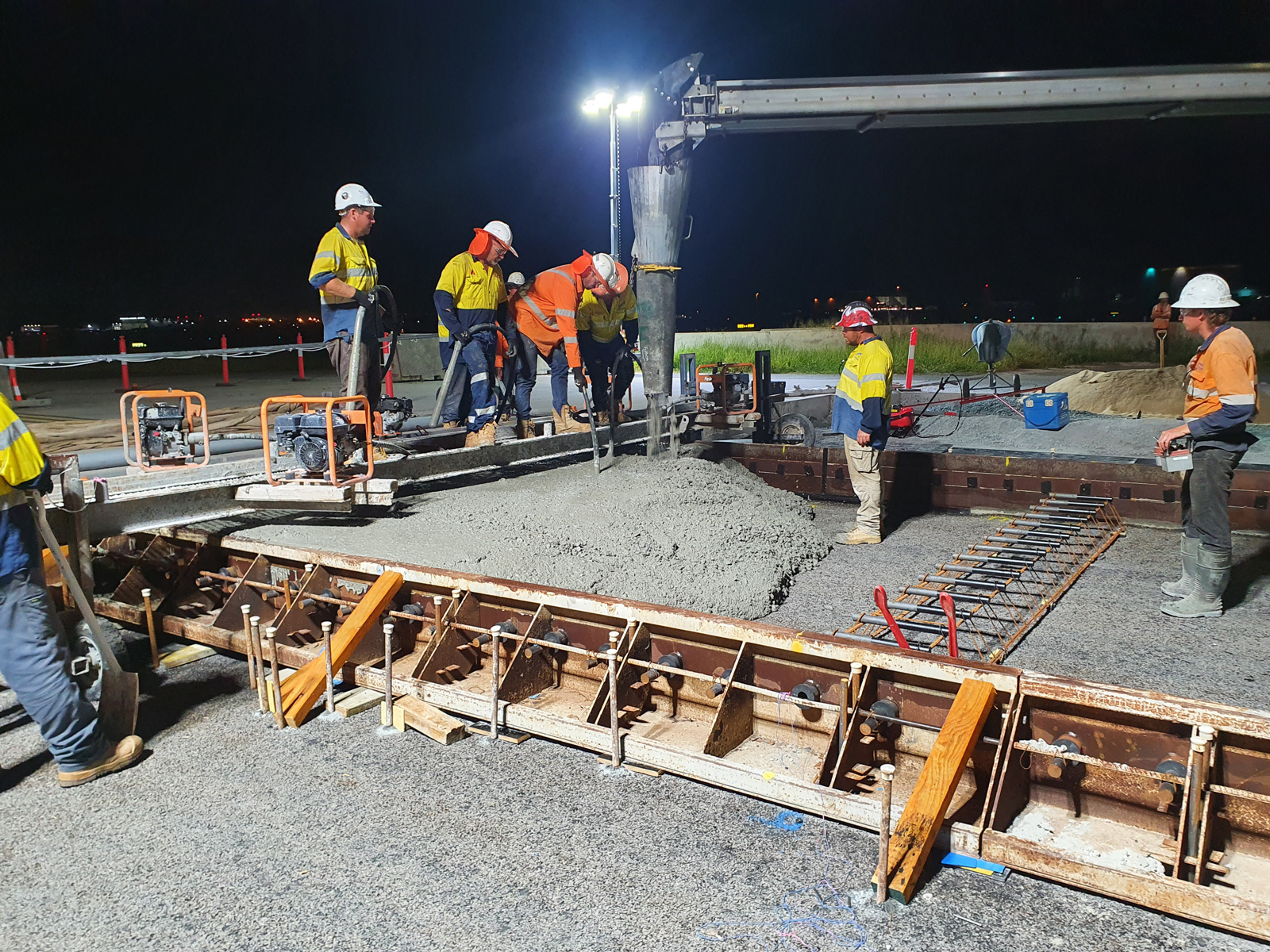
Award winning International Apron Rectification Project
The last major airside maintenance work was completed in 2020 on the International Apron Rectification Project. Stuart Wise, Senior Project Manager of Brisbane Airport’s Airfield Delivery Team explains why the project was award winning and learnings that have been implemented to improve the sustainability and longevity of the runways.
Stuart has worked both landside and airside for 16 years initially leading a team of coordinators and maintenance workers to ensure the infrastructure was available for smooth operation of the airport to now managing major capital works projects.
“When I started in the maintenance team we used to only get one hour and a half to complete works in between flights. Any job we did had to be completed in that time before the next plane was about to land. Now we have the new parallel runway we have the ability to move aircraft for longer periods of time,” Stuart said.
"Our approach is always looking for how to minimise the disruption to the airfield and working within the windows of opportunity that we get that reduces the impact on airlines and also gets the work done safely,” Stuart said.
When the COVID-19 pandemic hit in 2020 and international travel ground to a halt, Brisbane Airport had a unique opportunity to revamp the deteriorating international taxi lane.
"During COVID, we identified we had an opportunity to fix it because the repairs were always going to be highly impactful on our capacity at the terminal. Completing the Apron Rectification Project during the pandemic was a testament to our adaptability and commitment to maintaining operational excellence even in challenging times,” Stuart said.
The project team working on the International Apron Rectification Project were creative in their sustainability approach using a method known as mass soil mixing to reduce waste. This method is common in road projects but had not been used at an Australian airport before.
“Mass soil mixing is the extensive blending of the sand subgrade, strengthening the existing pavement. Unlike traditional heavy vibratory compaction methods, this eliminated material export, managed groundwater, and prevented potential harm to adjacent pavement,” Stuart said.
The mass soil mixing method delivered substantial efficiency and sustainability benefits by avoiding extensive material removal and export, BAC reduced construction expenses and minimised the project's environmental impact.
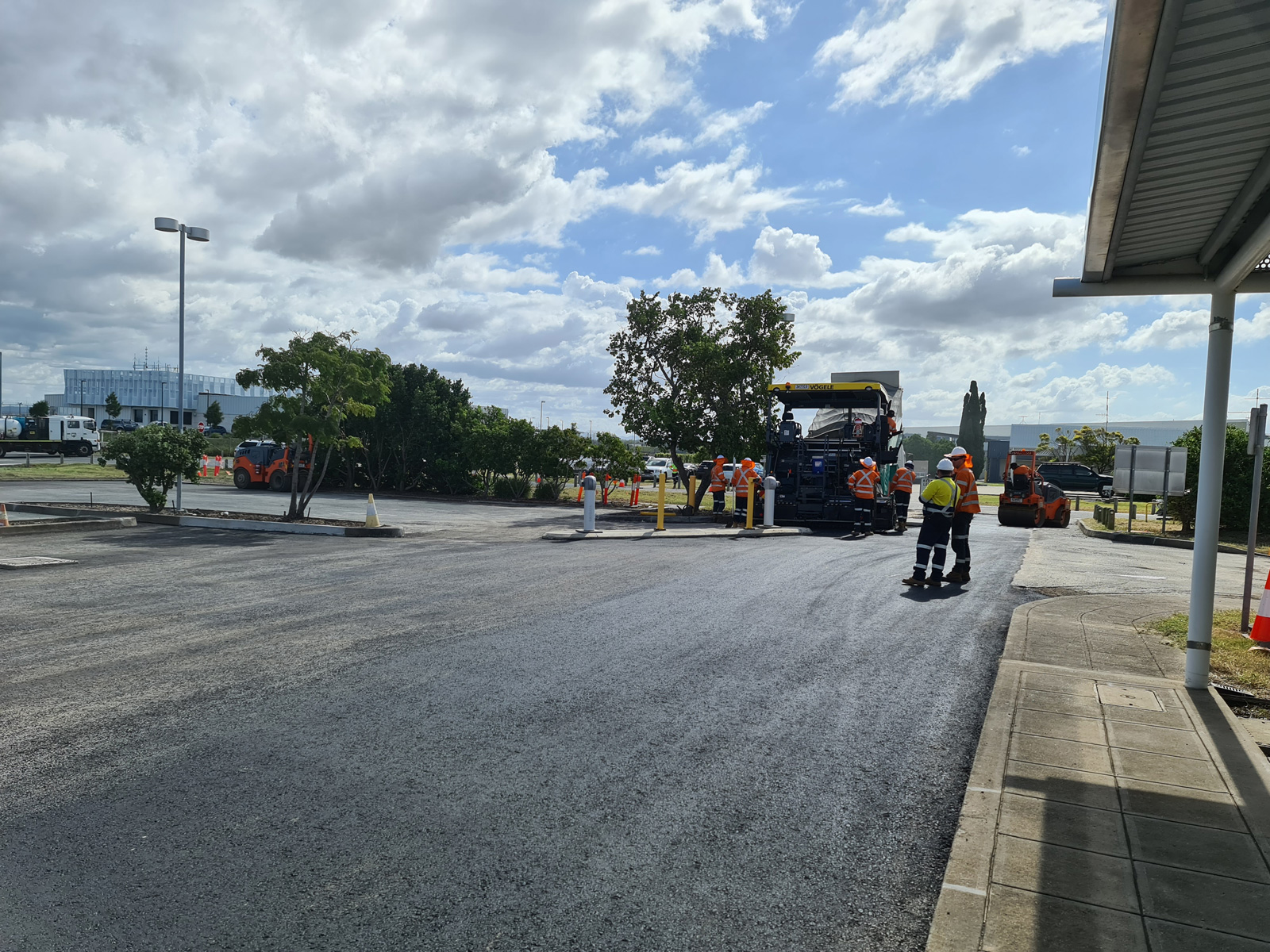
Incorporating sustainable practices in future
Looking forward, the project and facilities teams are investigating ways to ensure airside maintenance and the longevity of the runway is extended past the current 40-year lifespan before it needs to be replaced.
Kyran Tanuvasa, Project Manager, Development and Delivery has managed several projects looking at various materials used in asphalt both airside and landside.
“We have trialled a number of different products and methods both airside and landside, and follow a risk based approach so we are starting in a low priority, low risk areas.
“One of the products we use is called EME2 which includes 15% reclaimed asphalt. It’s common in road use but new to airside pavements. We’ve also used an environmentally friendly product called Carbonphalt which is produced by using carbon char extracted from recycled tyres. Every one tonne of Carbonphalt includes 10 tyres which are diverted from landfill,” Kyran said.
By using Carbonphalt, to date BAC has diverted 54,000 tyres from landfill and 50,000L of TDFO and saved 174T of Co2e.


